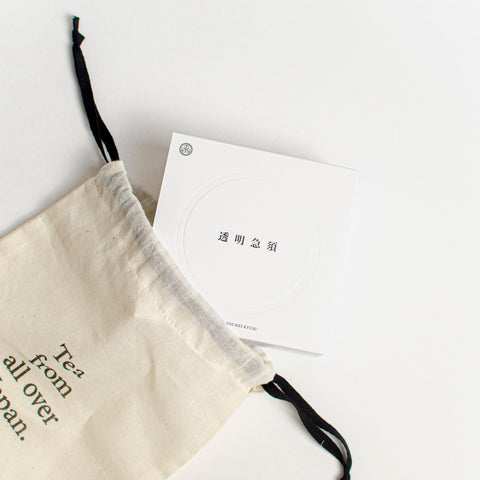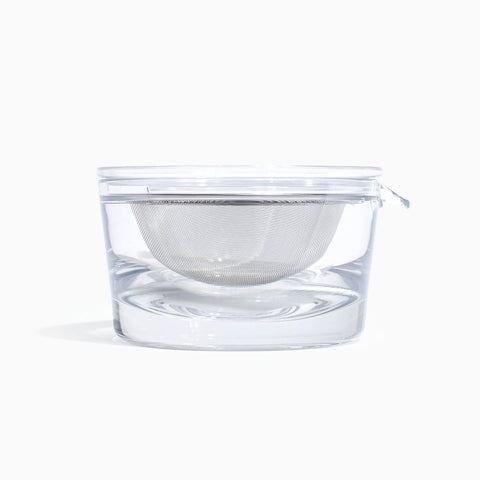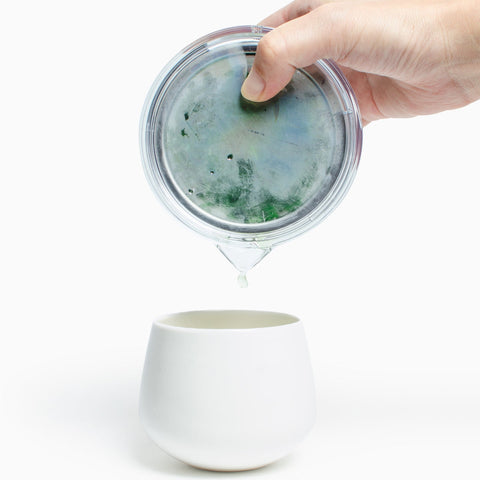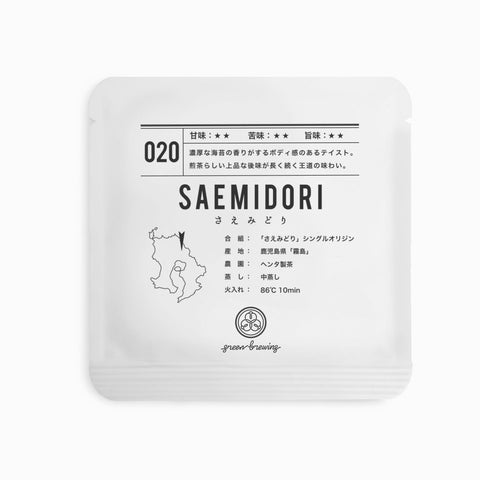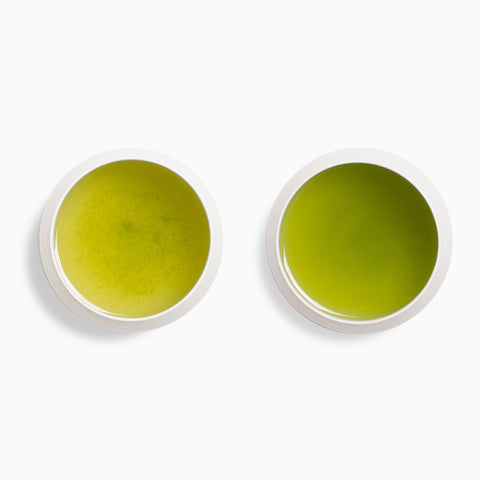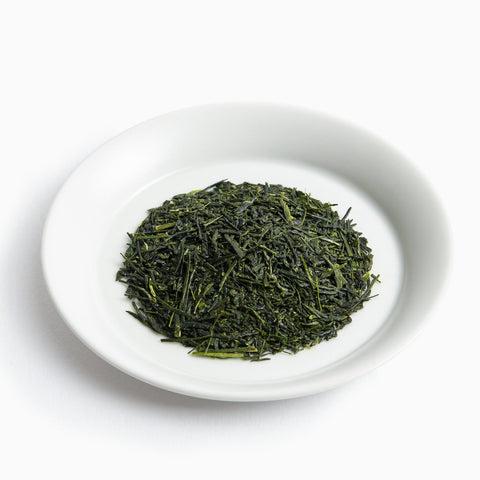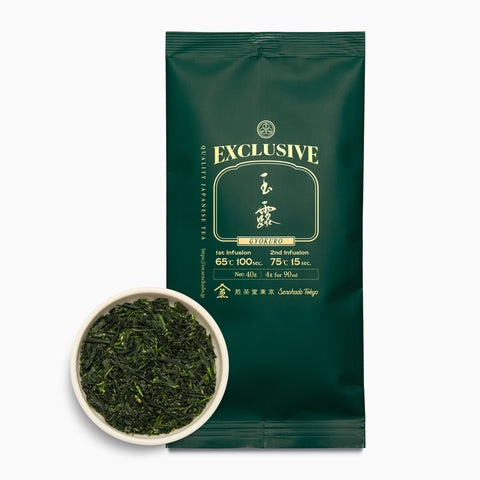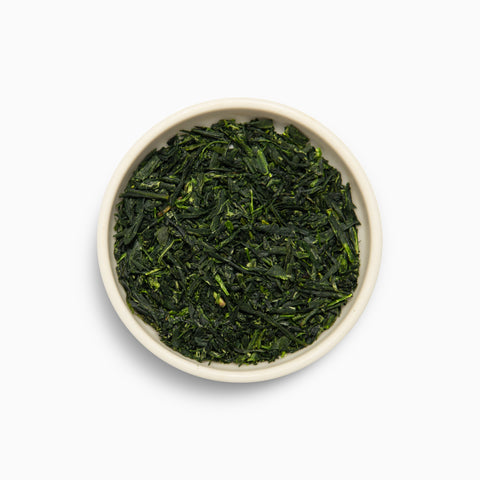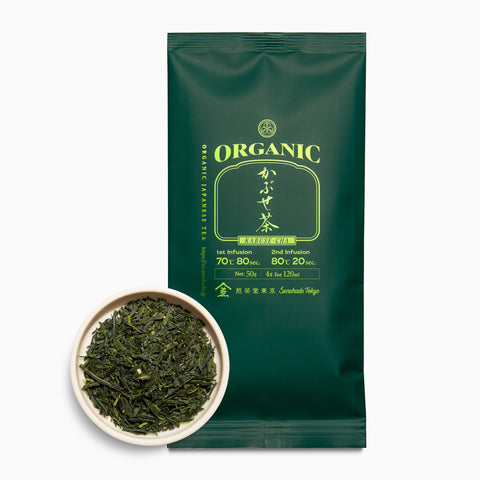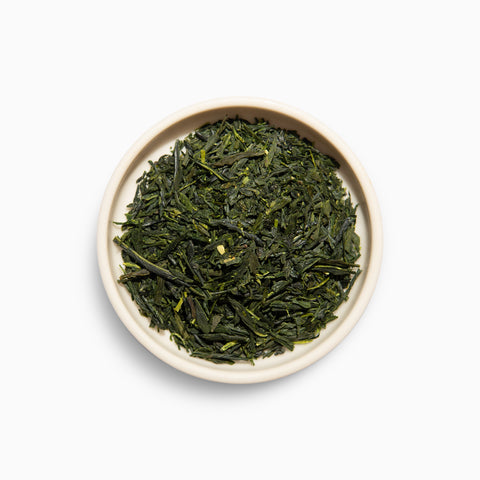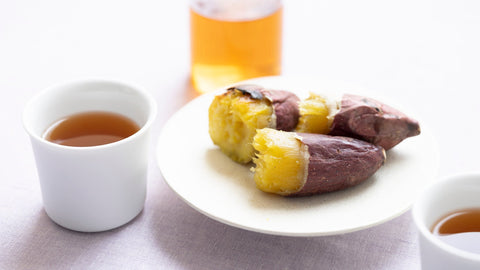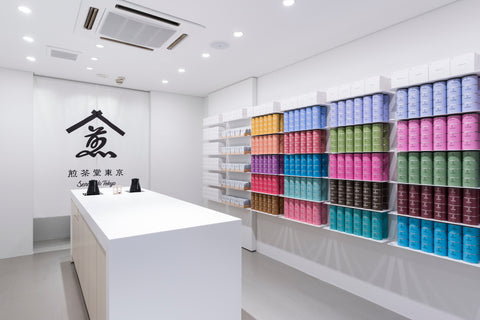Herbs were featured in "TOKYO TEA JOURNAL" VOL.27, a tea subscription service. Herbs can add fragrance to drinks and food, accent flavors, and help with relaxation... You can eat them, drink them, or use them as decoration. There are no strict rules for enjoying herbs.
Rosemary with its pointed leaves, basil with its glossy green leaves, and slender lemongrass - while they're all called herbs, their shapes vary greatly. What kinds of herbs are there? Come to think of it, even "sencha" is an herb, isn't it?
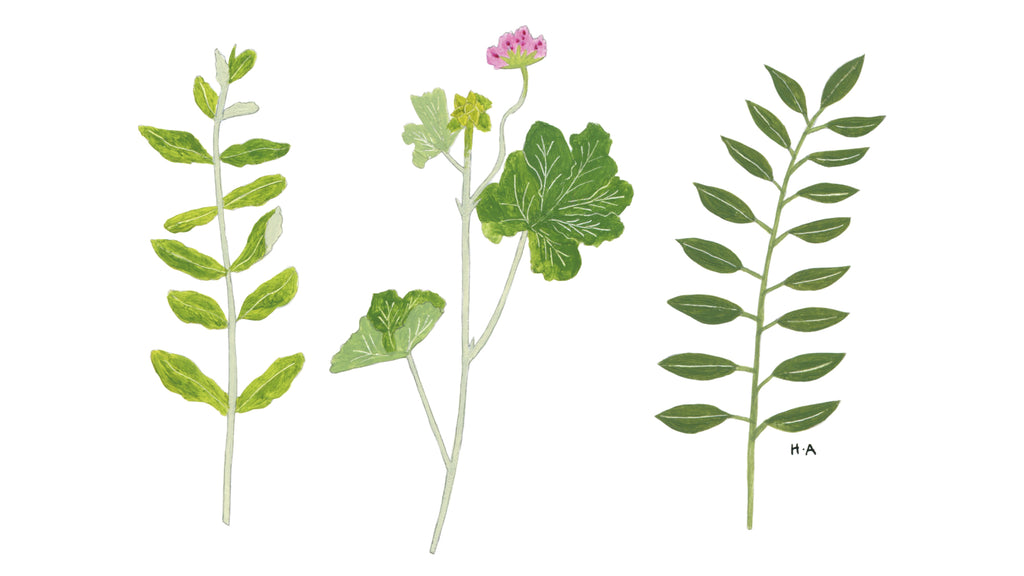
01/ Spearmint
(Lamiaceae family, Mentha genus)
A historic herb that has been used since ancient times. Many of the Mentha genus are evergreen perennials, known for their calming, antiseptic, and fever-reducing properties. They're used in teas and sweets.
02/ Bitter Chocolate Scented Geranium
(Geraniaceae family, Pelargonium genus)
Geranium, often used in aromatic oils, is one of the most diverse herbs. With scents reminiscent of mint or rose, and beautiful leaves and flowers, it's also popular as an ornamental plant.
01/ Curry Leaf
(Rutaceae family, Murraya genus)
True to its name, curry leaf has a spicy aroma and is an essential herb in South Indian and Sri Lankan cuisine. At Marufuku Farm, it grows into a splendid tree.
The Lamiaceae family includes many herbs like basil (called the "king of herbs" in France), mint, shiso, thyme, rosemary, and lavender. This group is mainly characterized by fragrant flowers and leaves.
Another representative family is Apiaceae. It includes many herbs with aromatic seeds like dill, cilantro, cumin, parsley, and anise.
The Brassicaceae family includes herbs with a sharp flavor that accent dishes, like arugula and horseradish. They're in the same family as cabbage and broccoli.
There are various other families too, like Rutaceae (including Sichuan pepper and curry leaf), Zingiberaceae (turmeric and cardamom), and Poaceae (lemongrass). Plants in the same family often have similar scents, shapes, and growth patterns.
Various Uses of Herbs

Herbs have a long history, believed to have been used medicinally in ancient Egypt and the Roman Empire. Both in the East and West, herbs have been used in daily life, drawing on experiential wisdom. We've researched their various uses.
As Herbal Medicine
Many herbs have antibacterial and preservative properties. Their history dates back to ancient Rome. In times before advanced medicine, they were widely used in Chinese herbal medicine, Western aromatherapy, and Indian Ayurveda.
The anti-stress and antioxidant properties of herbs are said to work with the body's natural healing abilities to balance mind and body.
In Cooking and Drinks

Marufuku Farm's herb cookies are beautifully decorated with plenty of flowers!
The use of herbs reflects regional characteristics. In Europe, with its long history of meat consumption, cooking methods developed to use herbs for masking odors and adding fragrance.
In countries with hot climates like India and Southeast Asia, spicy herbs and spices were likely used to stimulate appetite and for their antibacterial properties.
Drinks also vary by country. For example, Moroccan tea is brewed with plenty of sugar and mint leaves in hot green tea, while a mojito is made with a glass full of mint, lime, rum, and sugarcane syrup. Even with similar ingredients, each drink reflects its country of origin.
Enjoying the Fragrance

The scent of meadows or flowers can make us feel relaxed or happy.
The effects of fragrances have long been used in folk remedies. Different herbs are used for different purposes: thyme and mint for refreshment, chamomile and lavender for relaxation, lemongrass and bergamot to brighten the mood, and so on.
You can also enjoy herbs for a long time by picking and drying flowers and leaves to make potpourri or dried flower arrangements.
Magical Items?
To people of the past, herbs with various effects might have seemed magical. Women who had knowledge of herbs and used them skillfully are considered the roots of so-called "witches," which tragically led to witch hunts in the Middle Ages.
In Hans Christian Andersen's fairy tale "The Wild Swans," a princess weaves shirts from nettles to break the spell on her brothers who were turned into swans. Herbs with mysterious powers might have been magical items used to pray for the health of family and loved ones.
References:
Spice & Herb Encyclopedia (https://www.sbfoods.co.jp/sbsoken/jiten/)
Plant Life × Florist (https://shokubutsuseikatsu.jp/)
"The Witch's 12 Months" (by Toyoko Iijima / Yama-to-Keikokusha)
This article is included in "TOKYO TEA JOURNAL" VOL.27.
Subscribe to TOKYO TEA JOURNAL
Tea Subscription "TOKYO TEA JOURNAL"
If you're looking for back issues, please inquire through this form.




